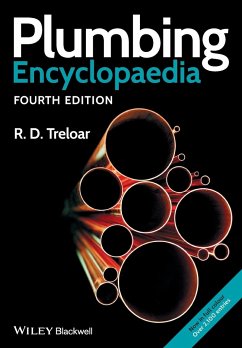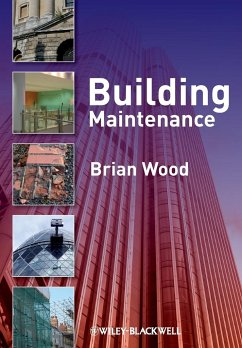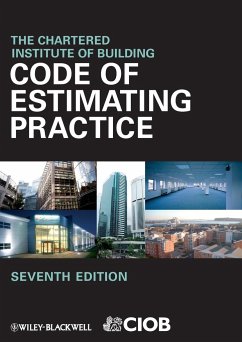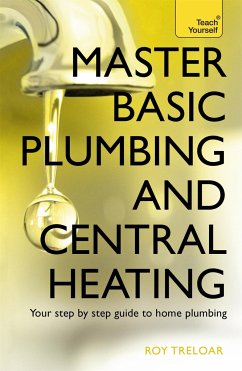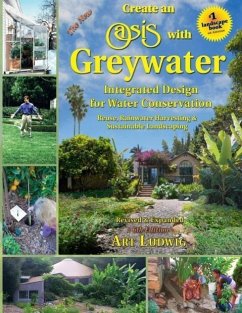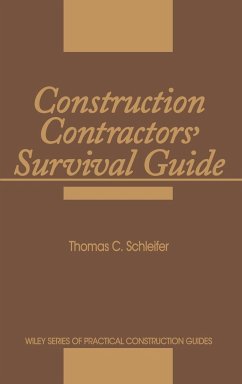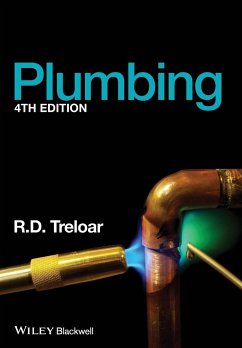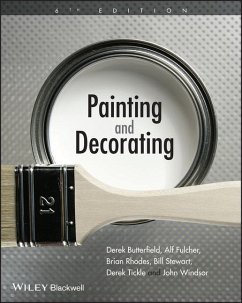
Hot and Cold Water Supply
Versandkostenfrei!
Versandfertig in 2-4 Wochen
84,99 €
inkl. MwSt.

PAYBACK Punkte
42 °P sammeln!
Provides a highly illustrated guide for designers, installers and contractors working on hot and cold water supplies. The book takes account of the 1999 Water Regulations and British Standard BS 6700. The new edition takes account of the latest requirements of the Building Regulations and features a new section on sprinkler systems.





